45 when reading food labels what to look for
10 Tips for Reading Food Labels: What to Look For Serving sizes, calories, total fat, trans fats, sugars, sodium, are all required to be listed on a food label. On the other hand, other aspects such as monounsaturated fat (Vitamin C), polyunsaturated fat (Vitamin A), and insoluble fiber (Vitamin K) no longer need to be provided. The Different Kinds of Fats What To Look For On Nutrition Labels & Why It Matters You need energy and carbs are that vital source (2). For those looking to cut, you may want to limit your carb intake and knowing where on the label to find this is important for ensuring those gains. Protein
Food labels: what to look for | Eat For Health In this section. Tips for eating well. Healthy eating throughout all of life. How to understand food labels. Food labels: what to look for. Healthy Recipes. Food Safety.
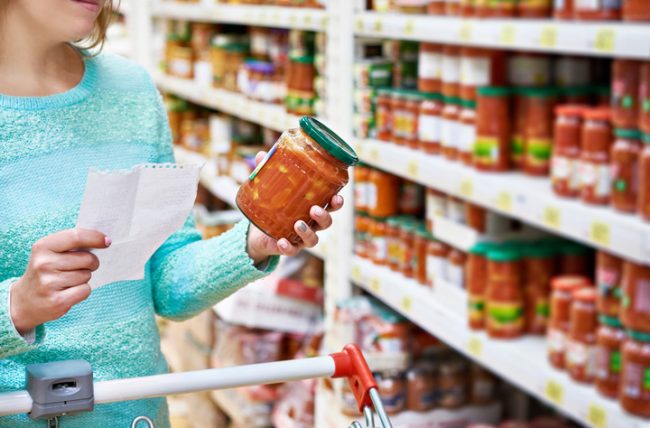
When reading food labels what to look for
How to Understand and Use the Nutrition Facts Label | FDA When looking at the Nutrition Facts label, first take a look at the number of servings in the package (servings per container) and the serving size. Serving sizes are standardized to make it easier... Food Labels: Fat & Cholesterol | Home & Garden Information Center The 2015 Dietary Guidelines for Americans recommends the following intakes of fat and cholesterol every day: total fat—20 to 35% of calories, depending on age and gender (65 grams for the 2,000-calorie intake level used in the Daily Value)*. saturated fat—less than 10% of calories**. trans fat— keep as low as possible. How To Read Food and Beverage Labels - National Institute on Aging There are three types of product dates commonly printed on packaged foods and beverages: "Sell by" tells how long the manufacturer suggests that a store should sell items such as meat, poultry, eggs, or milk products. Make sure you buy by this date. "Use by" tells how long items will be at peak quality.
When reading food labels what to look for. How to Read Food Labels: Your Complete Consumer Guide In the United States, if a food has less than 0.5 grams of artificial trans fats in a serving, the food label can read 0 grams trans fats. Since 2018, all foods sold in the US have by law had to meet this designation. ... Look for foods that are high in the good stuff, such as fiber, and low in the bad stuff, like saturated fat, sodium, and ... Easy Guide to Understanding Food Labels When You Have High ... - MyDoc 1. Choose products low in saturated fat, trans fat and cholesterol. When shopping for food, use the nutrition information panel to compare and choose products with lower fat, saturated fat and cholesterol content. Saturated fat is a type of fat that raises your total and LDL cholesterol and risk of heart disease, so intake should be limited. Food Labels | CDC - Centers for Disease Control and Prevention If you eat the whole thing, you are eating 8 times the amount of calories, carbs, fat, etc., shown on the label. Total Carbohydrate shows you types of carbs in the food, including sugar and fiber. Choose foods with more fiber, vitamins, and minerals. Choose foods with lower calories, saturated fat, sodium, and added sugars. Avoid trans fat. Reading food labels: Tips if you have diabetes - Mayo Clinic Look for foods with fats, cholesterol and sodium on the low end of the Daily Value; keep fiber, vitamins and minerals on the high end. If your doctor or registered dietitian recommends more or less than 2,000 calories a day, you may need to adjust the percentage accordingly — or simply use the percentage as a general frame of reference.
A vegan's guide to reading food labels - Vegan Food & Living Lard/tallow - animal fat. Shellac - obtained from the bodies of the female scale insect tachardia lacca. Honey - food for bees, made by bees. Propolis - used by bees in the construction of their hives. Royal Jelly - secretion of the throat gland of the honeybee. Vitamin D3 - from fish-liver oil or sheep's wool. Reading Food Nutrition Labels: What To Look For March is National Nutrition Month and we would like to talk about food nutrition labels! Reading and understanding food nutrition labels may help us make faster, more informed food choices for a healthy diet. (Photo credit: FDA) 1. Serving Information. This section indicates how much is in a serving and how many servings are in the container. 2. What to Look for When Reading Food Labels | Quaker Oats Many people, however, don't know how to properly interpret the information contained in food labeling. Many food labels are also misleading or confusing, trying to hide less healthy ingredients and additives, for example. Note: To read the information about each section of the food label, place your mouse over the section you wish to read about. Reading Food Labels | ADA - American Diabetes Association Put food labels to work The Nutrition Facts labels on foods are really the key to making the best choices. We'll cover the basics so that these labels make shopping easier for you. Get started Understanding Carbs You've heard it all. From carb-free to low-carb, to whole and empty carbs, it's hard to know what it all means. Learn more
How to Read Food Labels Without Being Tricked - Healthline A good rule of thumb is to scan the first three ingredients, as they make up the largest part of what you're eating. If the first ingredients include refined grains, a type of sugar, or... Understanding Food Nutrition Labels | American Heart Association Learn what to look for on the label. 1 - Start with the serving information at the top. This will tell you the size of a single serving and the total number of servings per container (package). 2 - Next, check total calories per serving and container. Food label reading guide | Nutrition Australia What to look for when reading food and drink labels (per 100g) Health Star Ratings The Health Star Rating is a front of pack labelling scheme which can be used to make healthier food choices at a glance. The rating range is from ½ - 5 stars and the more stars, the healthier the choice. Recommended minimum star ratings for food and drink categories How to understand food labels | Eat For Health The Nutrition Information Panel on a food label offers the simplest and easiest way to choose foods with less saturated fat, salt (sodium), added sugars and kilojoules, and more fibre. It can also be used to decide how large one serve of a food group choice or discretionary food would be and whether it's worth the kilojoules.
How to Read Food Labels: Your Complete Consumer Guide Food labels may also help you avoid common allergens and expired food. The problem is, a food label is only as useful as the reader's ability to decipher the information it contains. To fully understand the Nutrition Facts portion of a label, for example, requires some basic knowledge of your nutritional needs.
Have best-before labels expired? | LinkedIn Some major UK supermarkets are ditching the 'best-before' labels on fresh food in a bid to reduce food wastage. Two Australian experts think we should do the same.
How to Read Food Labels for a Heart-Healthy Diet But simply reading a label isn't enough. It's important for you to know how to interpret the words and terms in order to consume a diet that will benefit your heart and overall health. See how well you can decode a food label: Question 1 of 5 What's the most important number on a food label? Calories Total fat Servings per container Sodium
How to Read Pet Food Labels - PetsTEK Here is a quick introduction to understanding food labels that can help simplify buying pet food and treats. Guide to Reading Food Labels. Although all pet food labels have a similar structure, many consumers still find them confusing. Knowing what you need to look for will make choosing the best foods and treats for your dog easier.
Reading Food Labels, What To Look For - CBS Baltimore A good way to spot real foods is by reading food labels. It's best if there are fewer ingredients, you're familiar with all of the ingredients, or, even better, there is no label, like with fresh...
How To Read Food and Beverage Labels - National Institute on Aging There are three types of product dates commonly printed on packaged foods and beverages: "Sell by" tells how long the manufacturer suggests that a store should sell items such as meat, poultry, eggs, or milk products. Make sure you buy by this date. "Use by" tells how long items will be at peak quality.
Food Labels: Fat & Cholesterol | Home & Garden Information Center The 2015 Dietary Guidelines for Americans recommends the following intakes of fat and cholesterol every day: total fat—20 to 35% of calories, depending on age and gender (65 grams for the 2,000-calorie intake level used in the Daily Value)*. saturated fat—less than 10% of calories**. trans fat— keep as low as possible.
How to Understand and Use the Nutrition Facts Label | FDA When looking at the Nutrition Facts label, first take a look at the number of servings in the package (servings per container) and the serving size. Serving sizes are standardized to make it easier...

:format(webp)/https://www.thespec.com/content/dam/thespec/life/health-wellness/advice/2020/06/23/reading-the-food-label-six-things-to-look-for/labels.jpg)

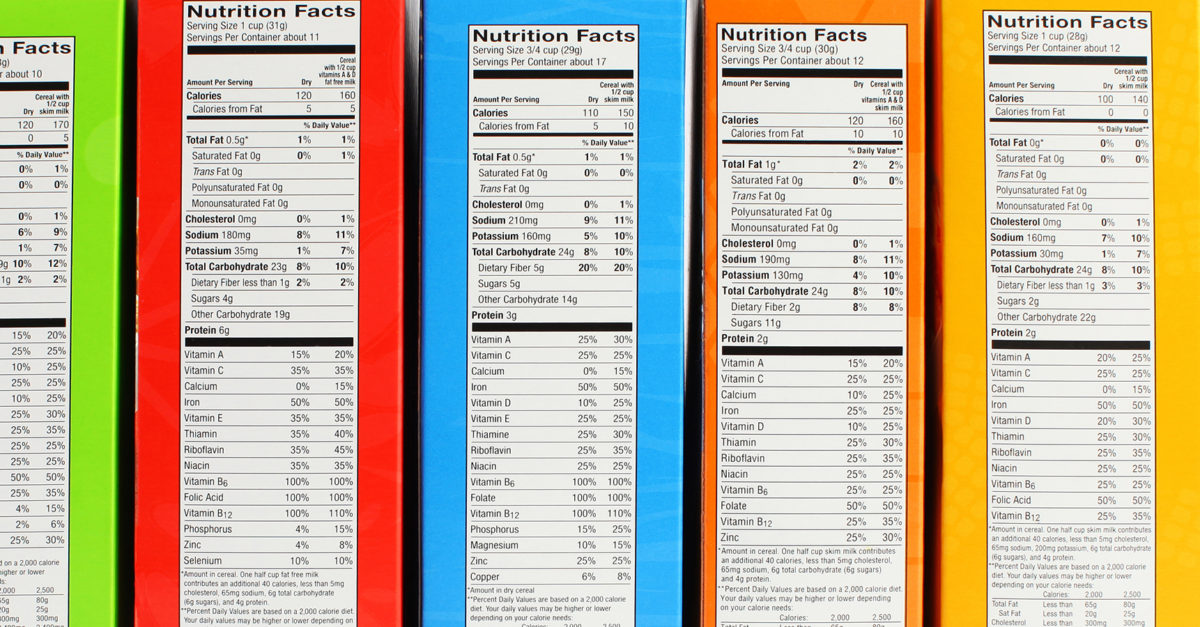


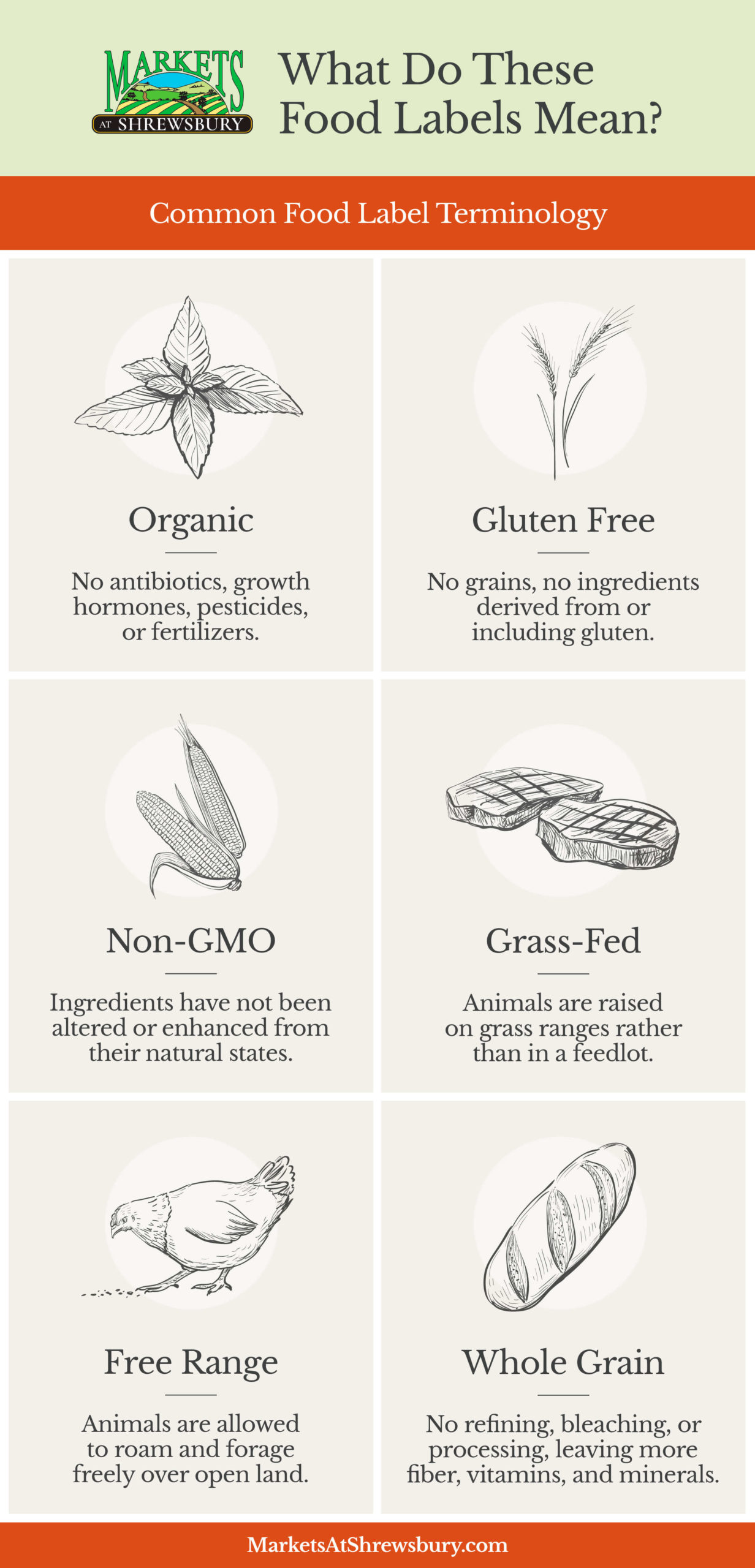
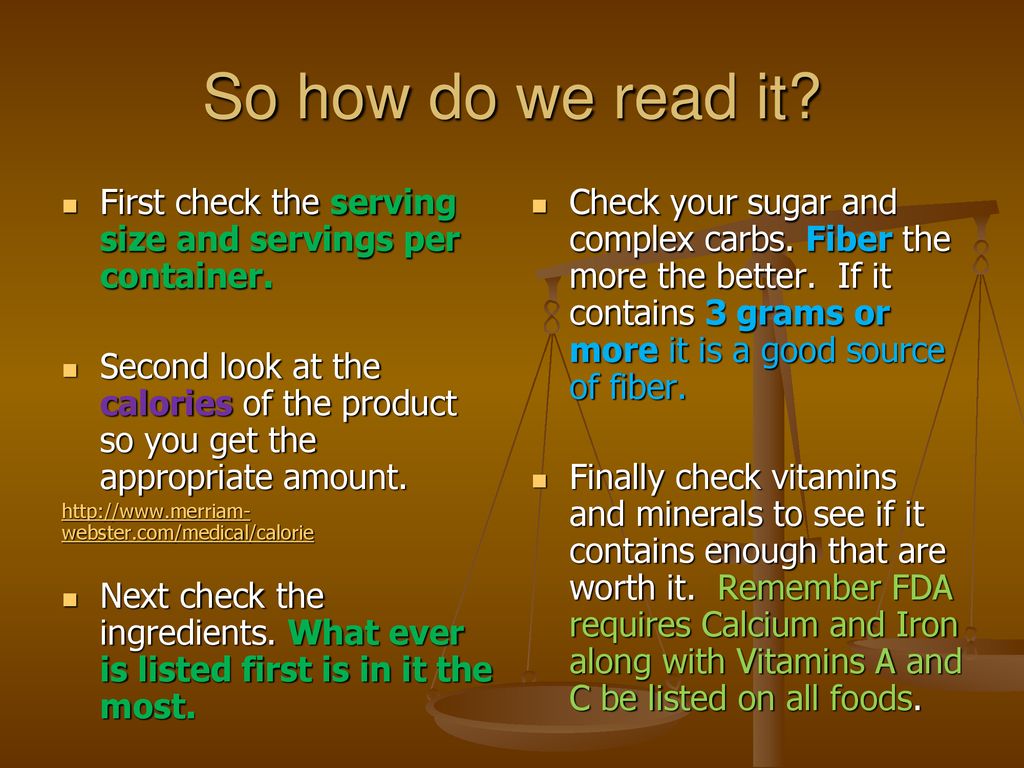

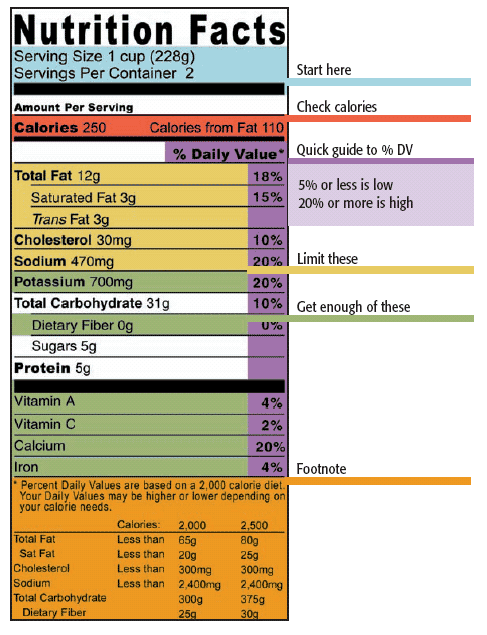

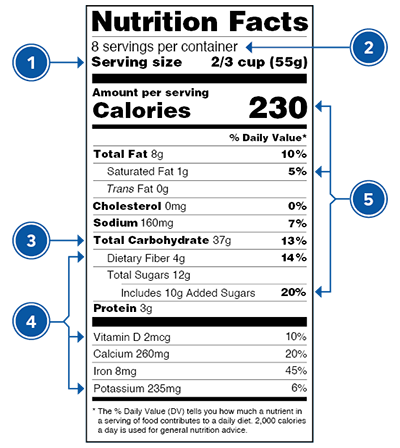


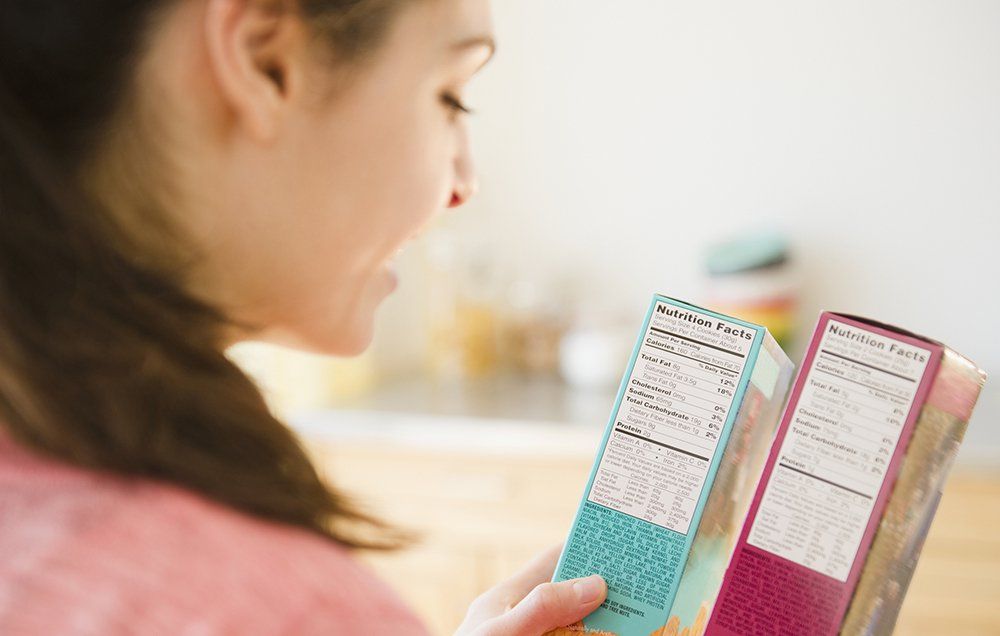


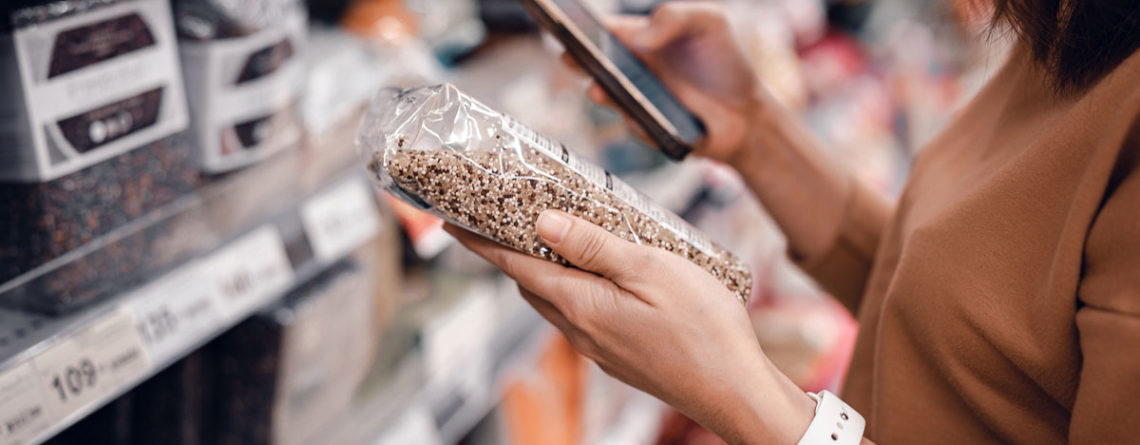
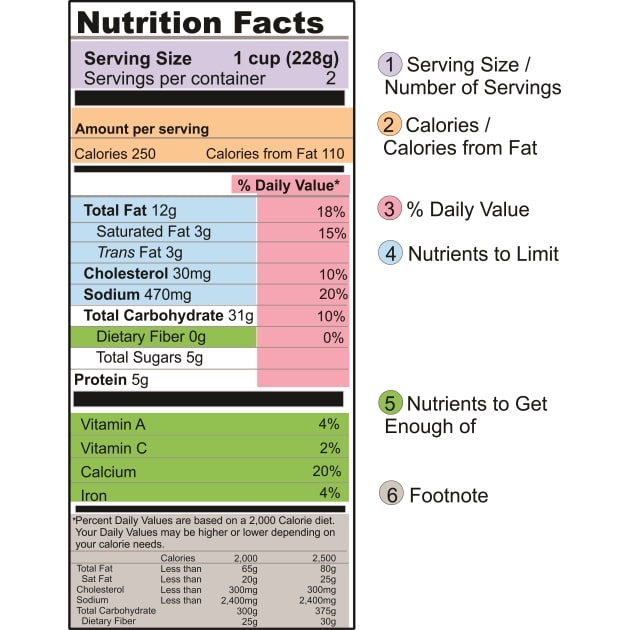



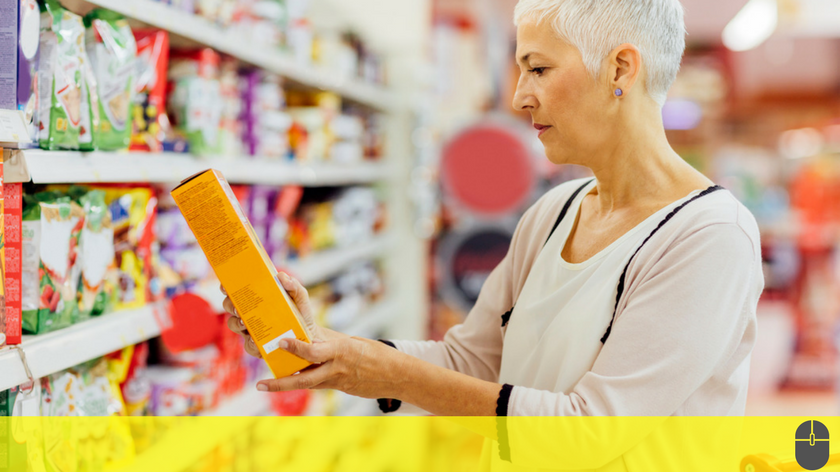


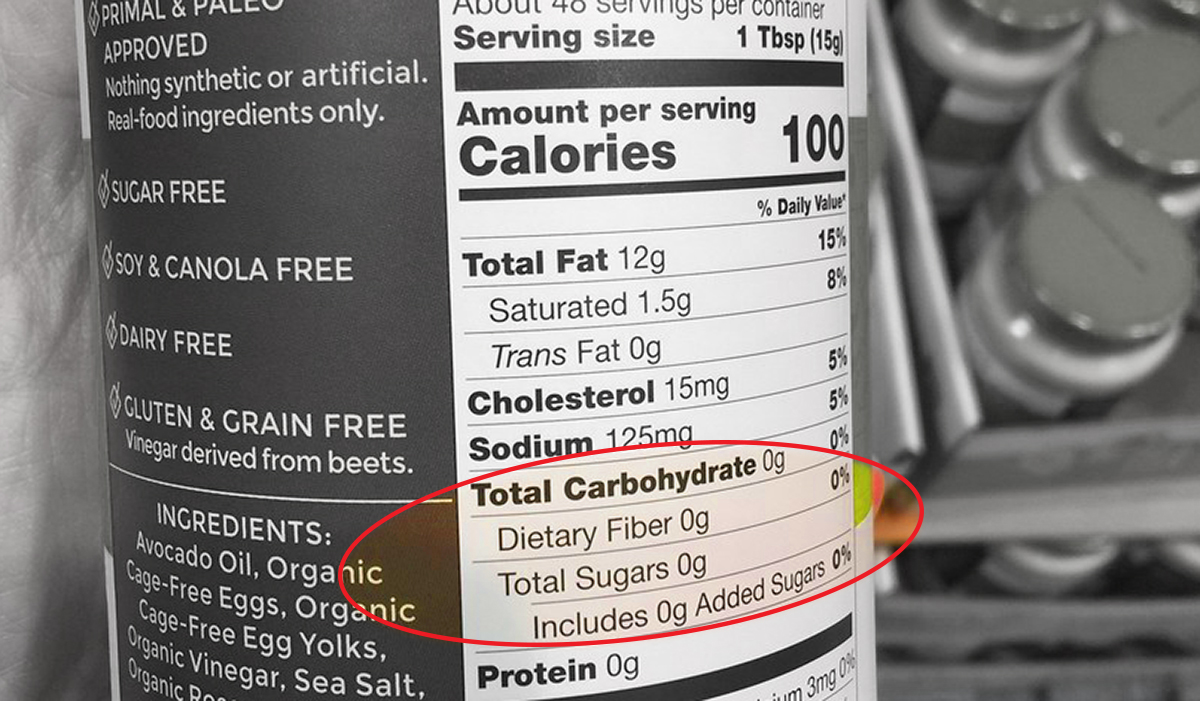
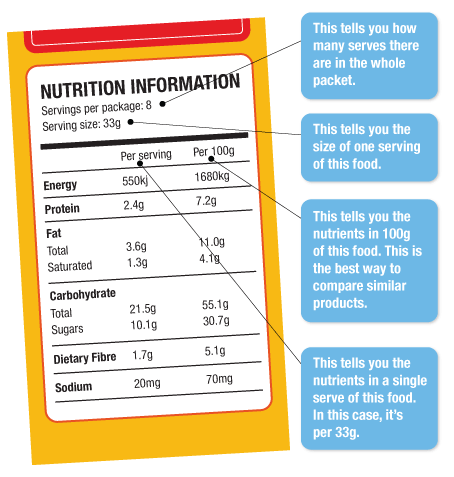

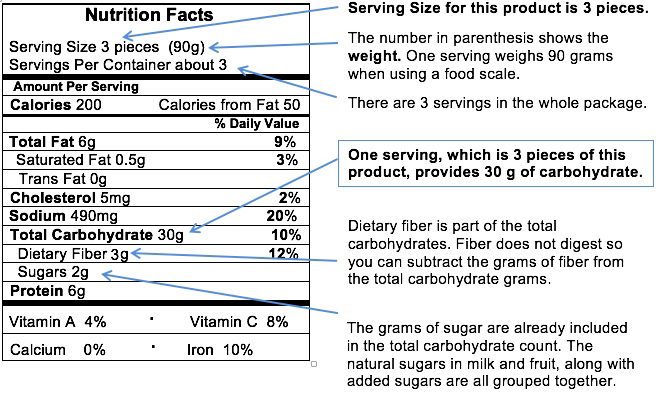
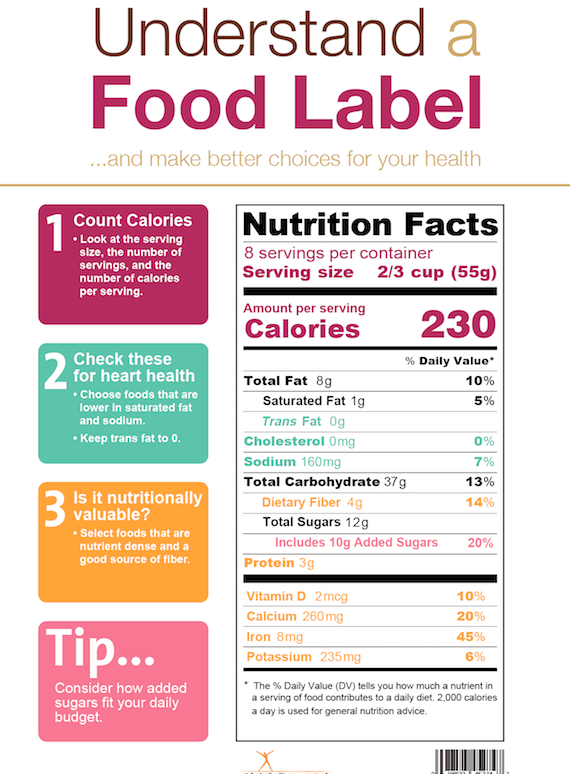
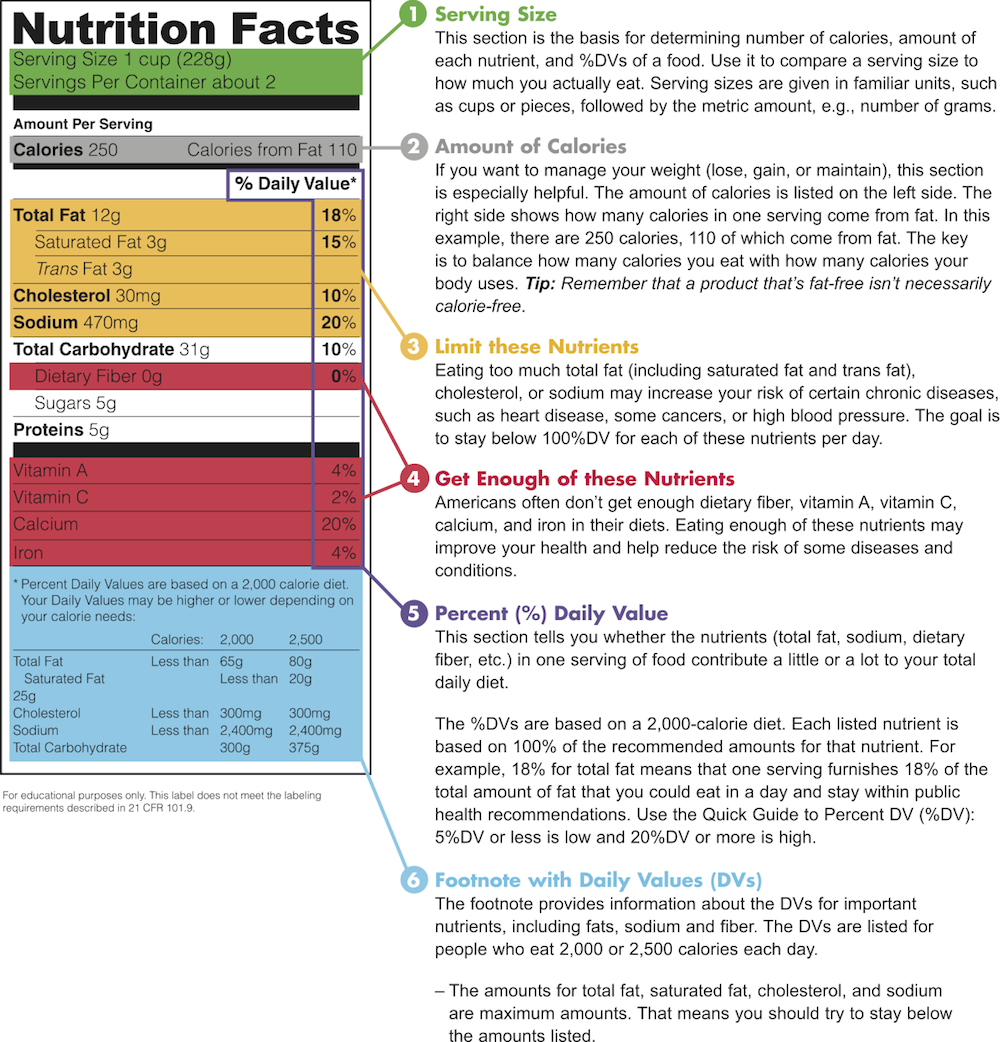
/Food-label-Envision-575f13f25f9b58f22ee9a2dc.jpg)
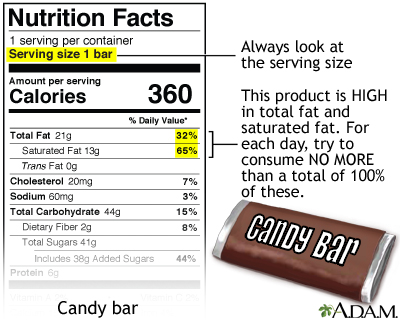



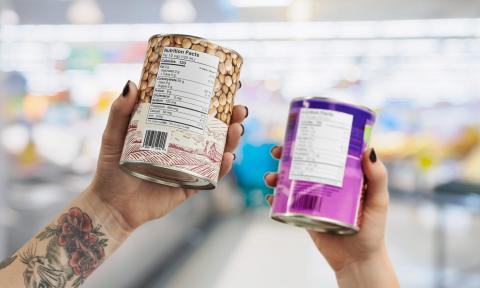
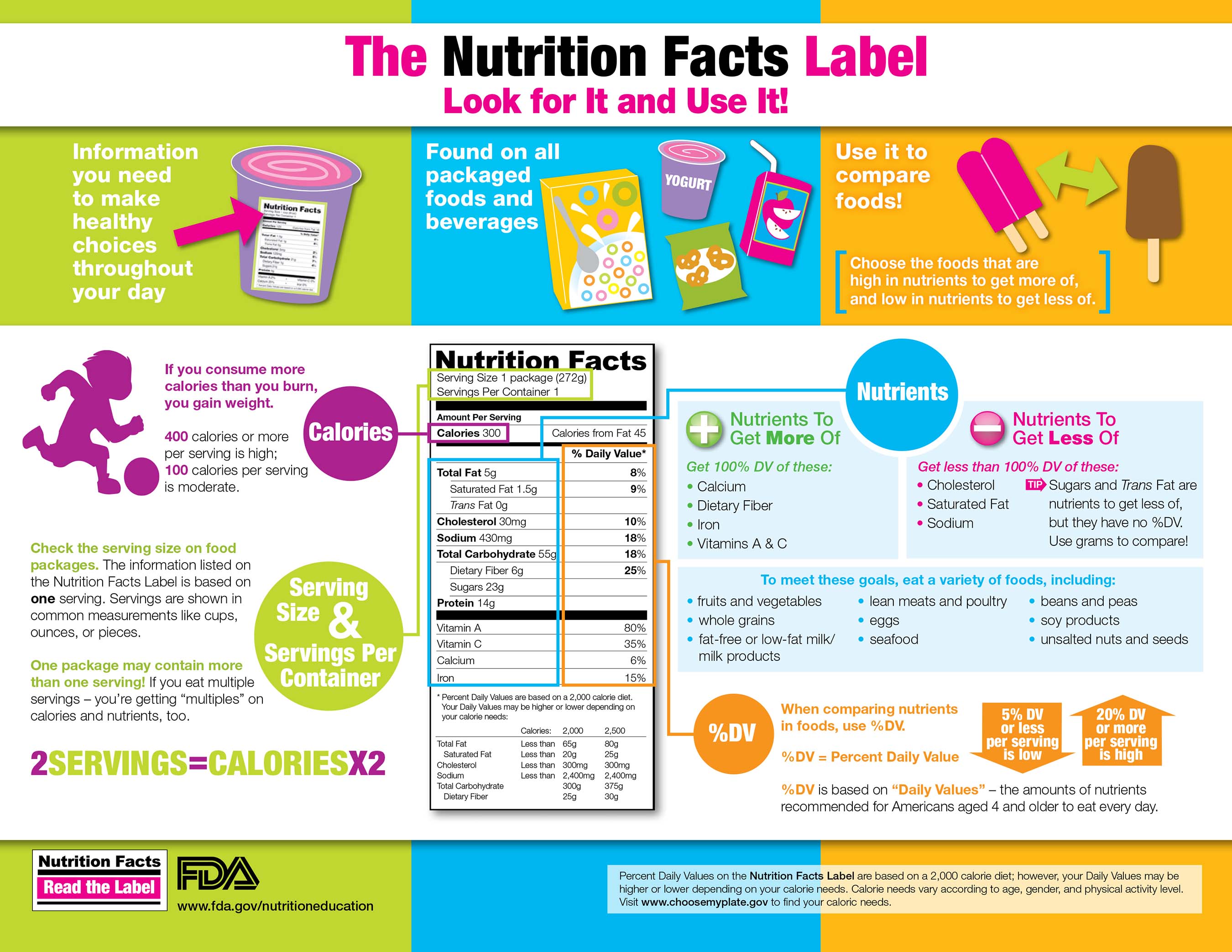
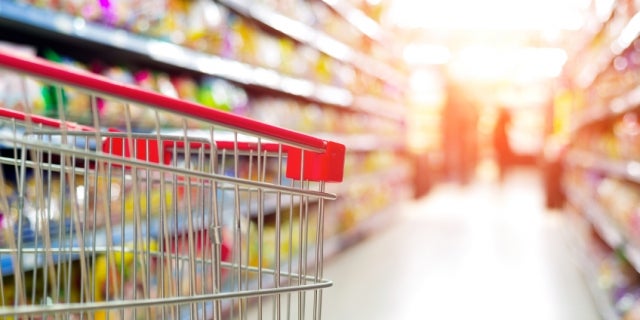
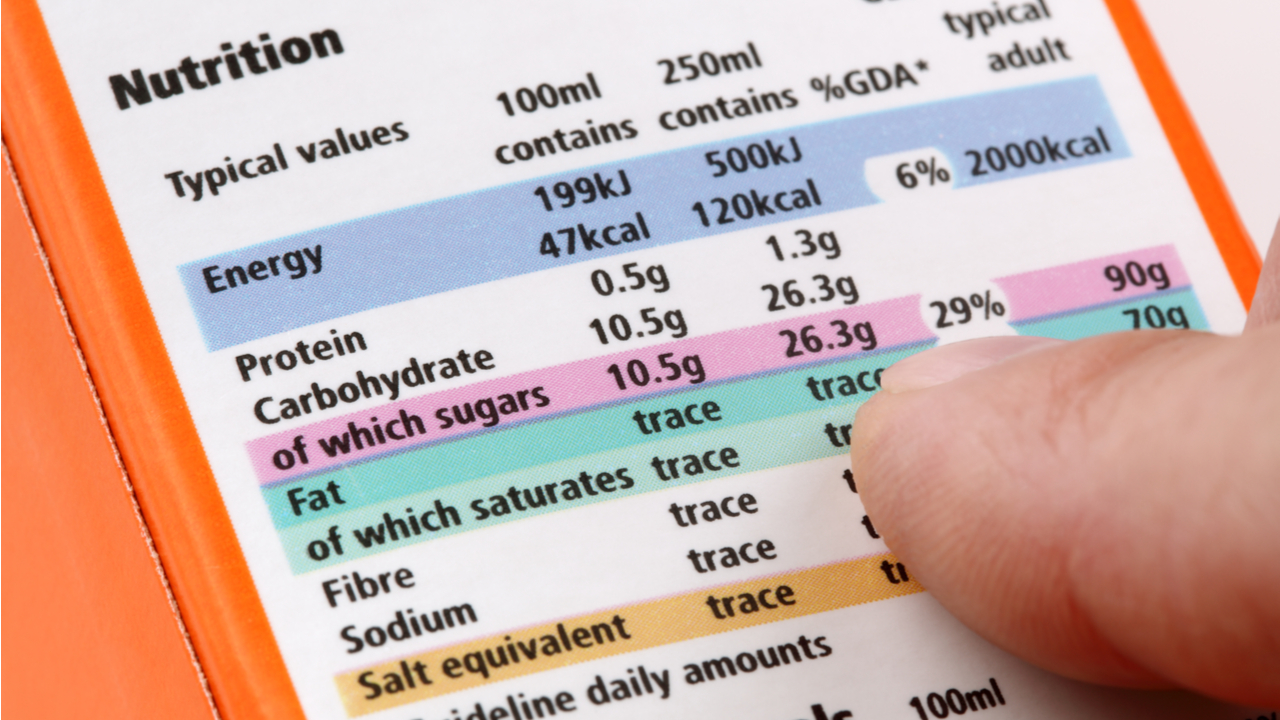

Post a Comment for "45 when reading food labels what to look for"